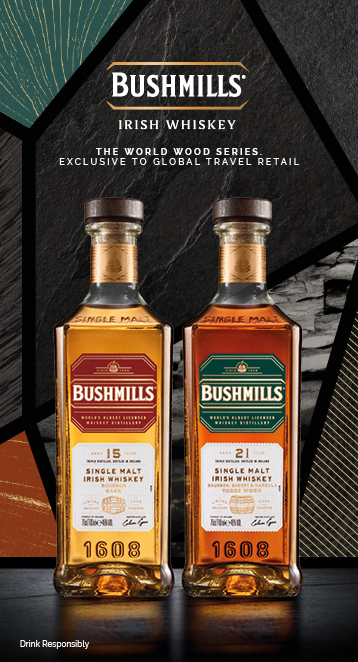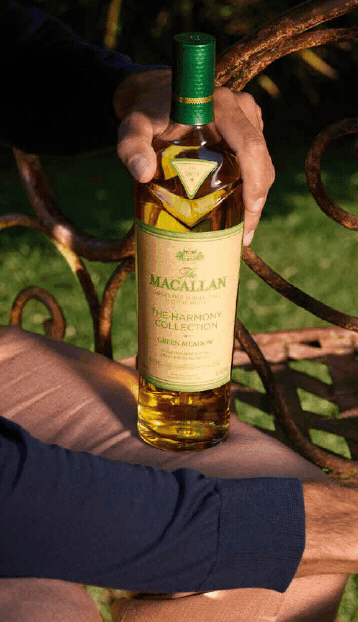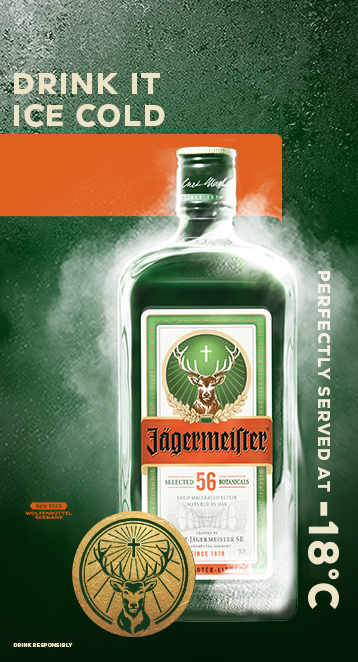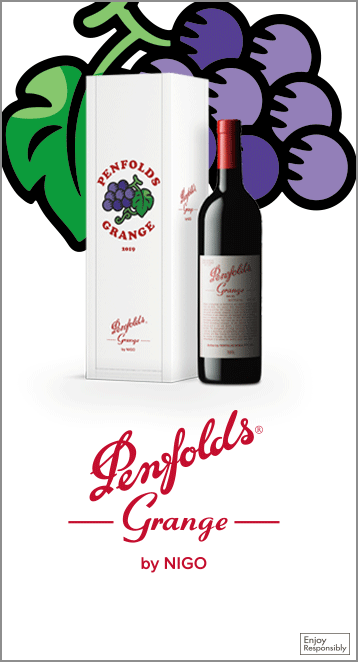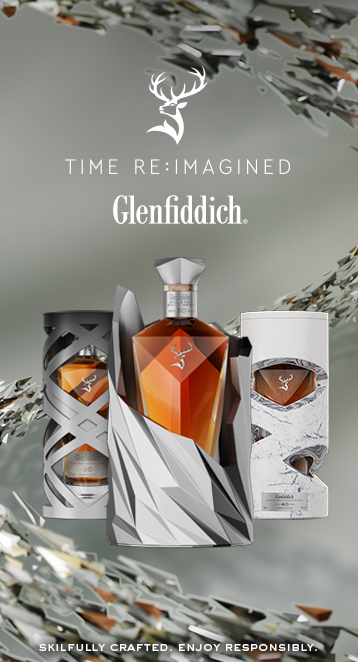The House of Camus has partnered with the Baring family-owned Revelstoke Trust to create Lambay Irish whiskey, a new brand that will be available first through travel retail later this year. It will be launched in the channel at TFWA World Exhibition in October. The Moodie Davitt Report was among a small group of business partners and media invited to the Baring family-owned Lambay Island off the east coast of Ireland for a pre-launch event on Tuesday.
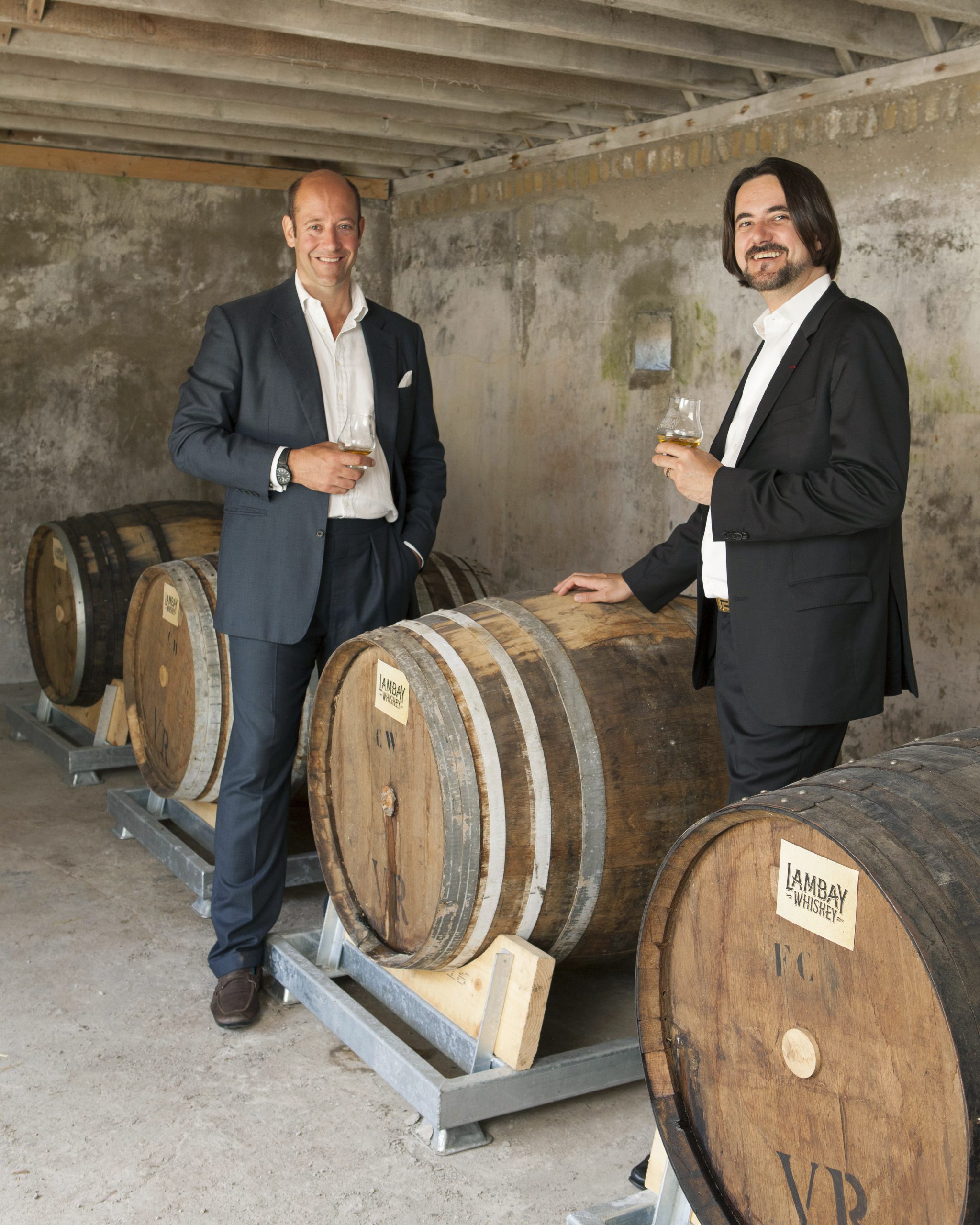
The triple-distilled line, aimed at the premium end of the market, has been developed initially in two versions, a small batch blend and a single malt. It is matured and finished in Cognac casks in a warehouse close to the sea on Lambay Island. The partners have established the Lambay Island Whiskey Company, based in Dublin, to build the portfolio. The company is led by Managing Director and experienced industry executive Jean-David Costerg.
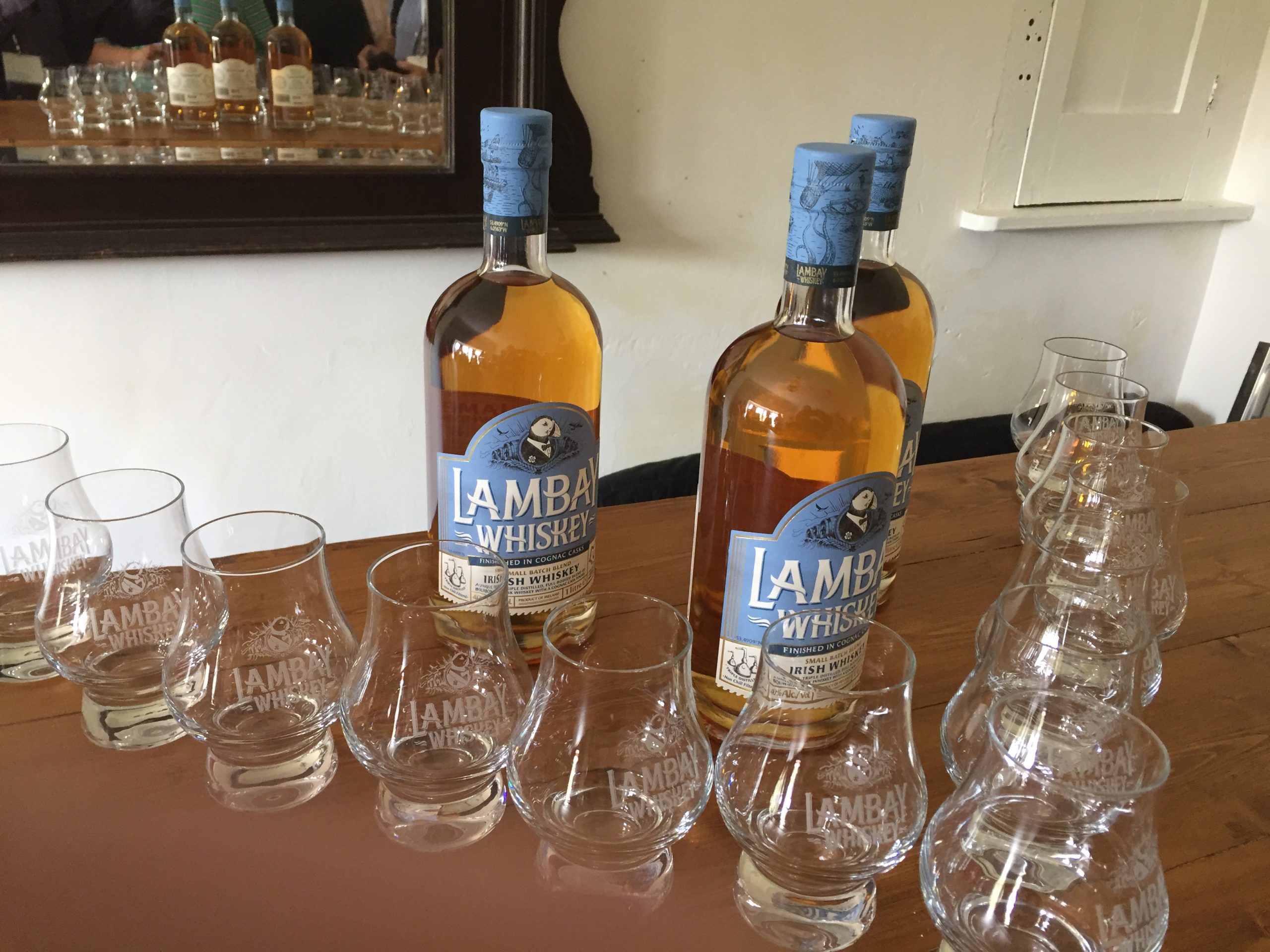

The private island is a wildlife sanctuary owned by the family since 1904, with income from the sale of the whiskies contributing to the upkeep and renovation of the island and its facilities.
Alexander Baring, 7th Baron of Revelstoke, said: “Lambay Island, so deeply cared for and protected by my family for decades, offers a unique maritime microclimate environment which is perfect for adding a distinctive finish to this new range of whiskies we are crafting with Camus. Combining our efforts and expertise is a thrilling experience and we are confident that it will result in a unique range of Irish whiskies to enchant the most distinguished palates.”
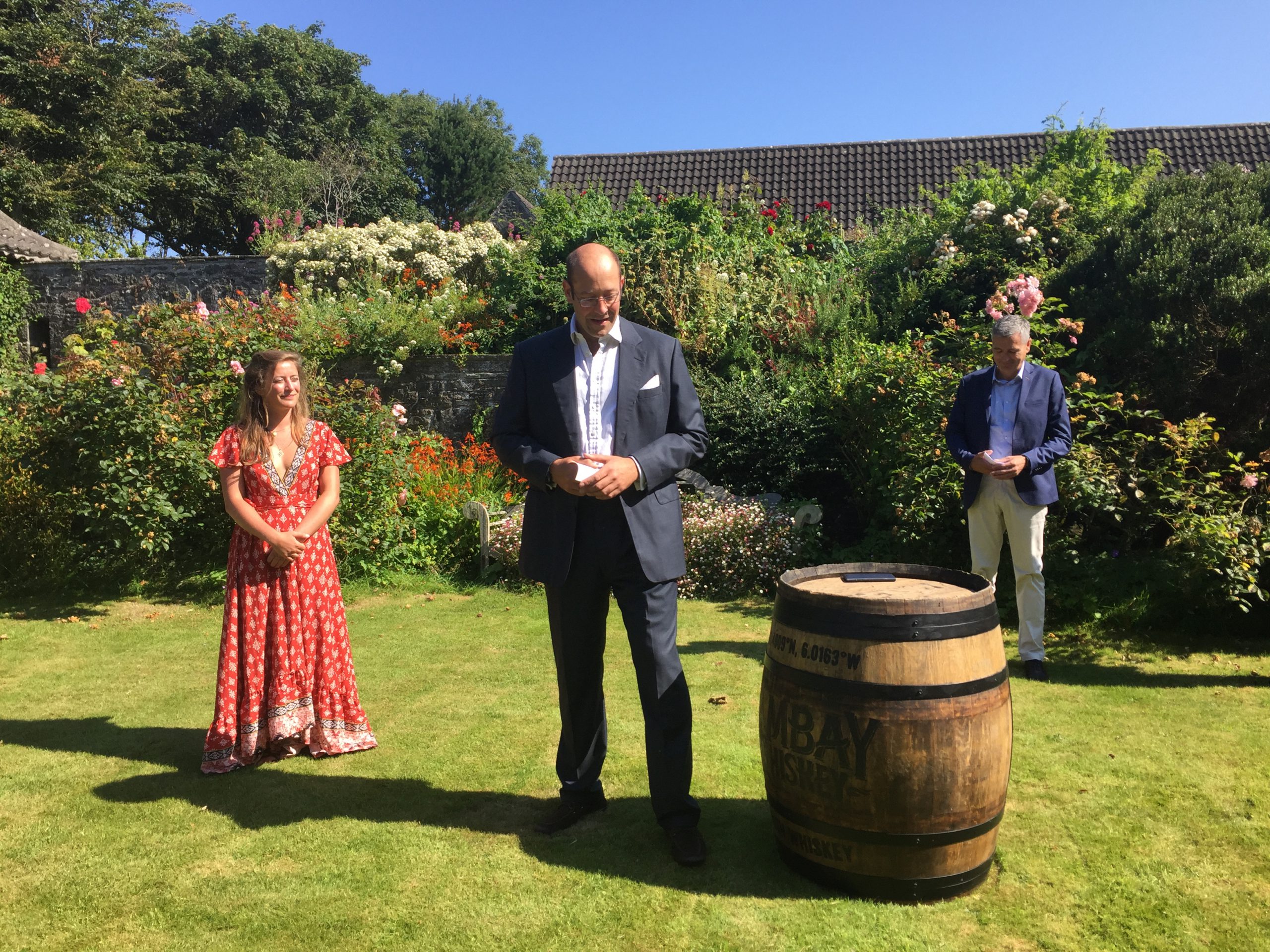

House of Camus President Cyril Camus said: “We are delighted to collaborate with the Baring family for the development of this range. Our experience and passion for using the rarest and most exclusive crus to create perfectly balanced spirits is suited to this distinctive and pristine land. We are looking forward to contributing to the protection and conservation of the unique Lambay territory.”
The first batch of 500 cases will begin shipping in September, mainly in 70cl bottles, priced at €25-30 for the blend and €45-50 for the malt. In duty free, a one-litre bottle will be priced at around €35.
The pre-aged stocks come through a partnership with West Cork Distillery, and are transported by boat for finishing and maturation on the island. The whiskey is matured in 350-litre French oak barrels (five initially) in a dedicated warehouse close to the sea, so they are exposed to maritime winds and sea spray.
The use of different barrel types offers the opportunity to develop new and different whiskey finishes, said Camus. Overseeing the maturation is Camus Cellar Master Patrick Léger. He said: “I feel more like a jeweller than a cellar master. My job is to shape, finish and polish an already great whiskey, and to bring it to a unique level.”
“We also each have traditions in our families, but they are living traditions that grow and live from generation to generation. We were introduced on the basis that Camus has a certain expertise in extracting the essence of a place and converting it into a product. That product in turn comes to represent the place. We have done that in Cognac with our Borderies, our single estate Cognacs, with Ile de Ré, and have focused on having products that reflect where they come from. Lambay’s unique setting and environment offers us the opportunity to do the same here.
“The whiskey has its own distinct character, born from Lambay’s nature. It marries this natural setting with our skills at Camus. It is destined for the sophisticated consumer that seeks authenticity and products with personality. It is a symbiotic relationship; it is a product from the island and for the island, from the families for the preservation of their heritage.
“We are Cognac makers so we don’t pretend how to distill a great Irish whisky. We focus on ageing, blending and maturing. We do that by ageing our whiskey in Cognac barrels, from our own cellars. We are also bringing barrels onto the island to impact the maritime character to the whiskey. We also use the specific volcanic island qualities of the water here.”

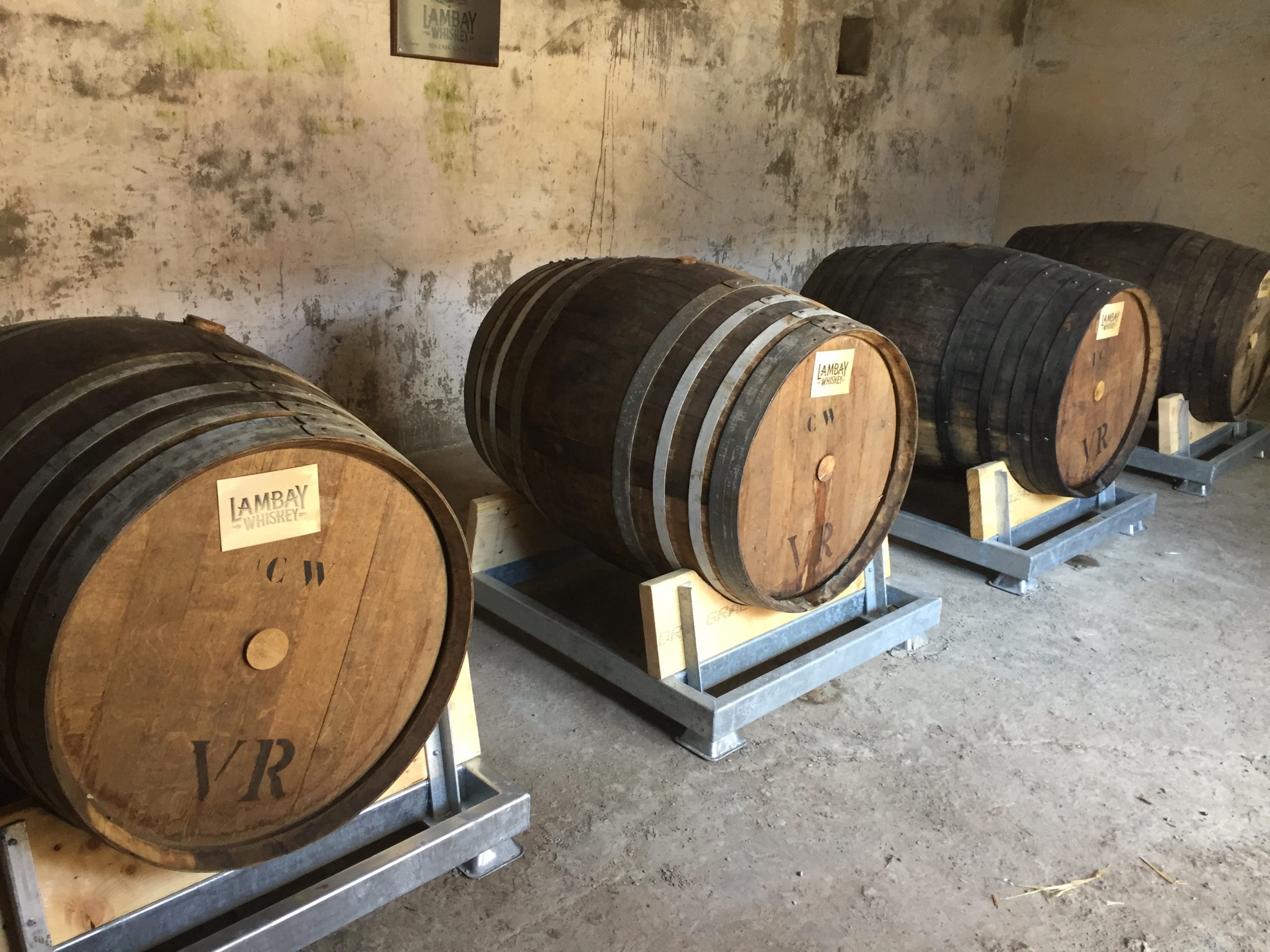
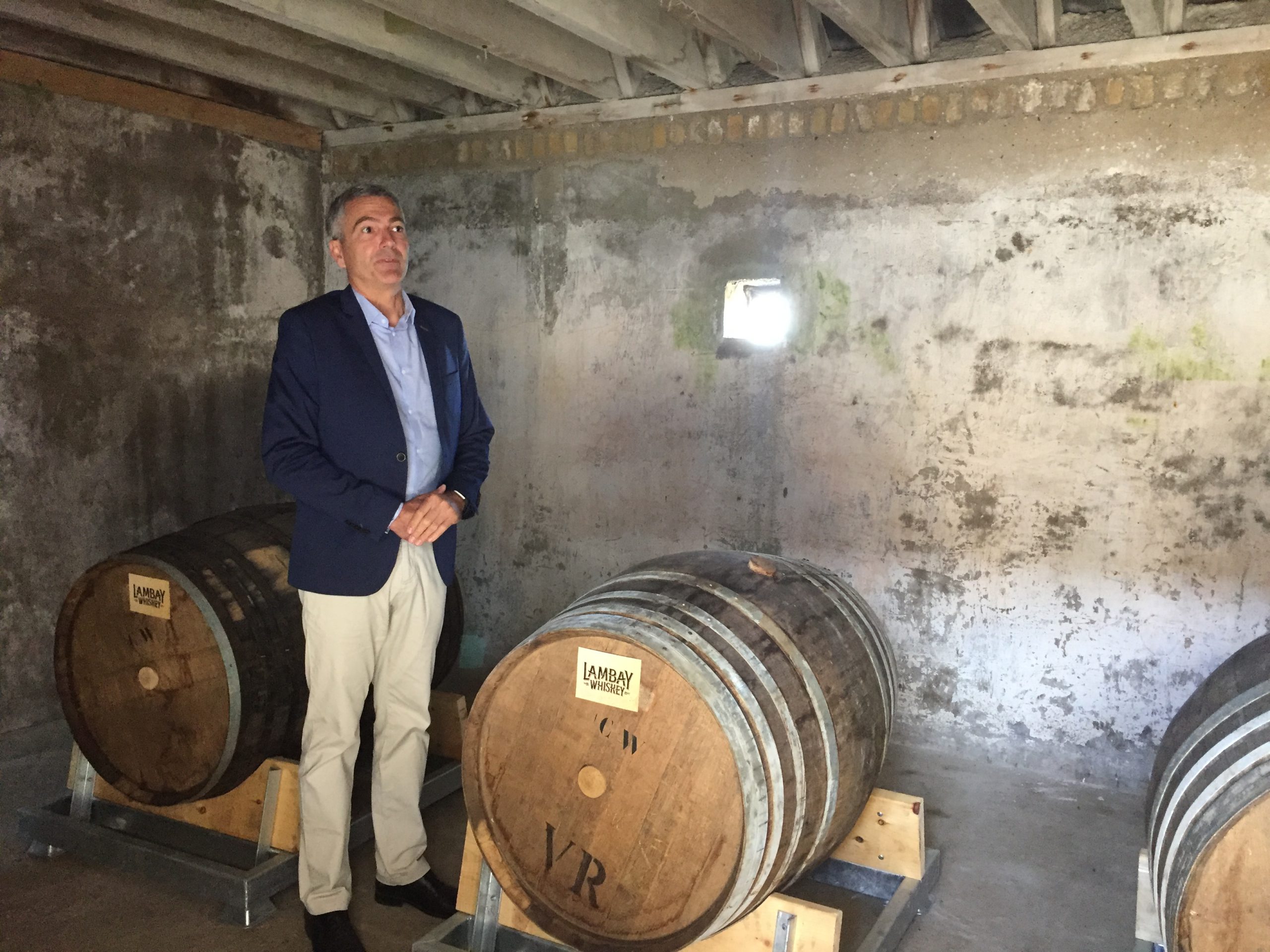
Creating a point of difference
Speaking to The Moodie Davitt Report about the wider category opportunity, Camus added: “We have been looking at Irish whiskey for quite a while. It’s in line with what consumers are looking for, but until recently much of the business was in the hands of few companies, without many challengers. That has changed and the category has a sufficient amount of players doing new things, so that interests consumers. Within this, I believe we have a product that stands apart, both from provenance and taste and manufacturing method.
“We are known as innovators but we also needed a place that was unique and we found that in Lambay. It is from the island and it will give back to the island.”

On the importance of Camus’ well-established route to market, Cyril Camus said: “You see so much happening and many new distilleries, but many of these will under-estimate the complexity of bringing the product to the consumers. We can offer that whether it’s in China or in the US, which is of course a big Irish whiskey market. Travel retail is an obvious market where we’ve seen the category grow. We have good merchandising and promotion skills and can bring a lot of action to the category on the shelves. It will be great to have a challenger brand with actual experience and that can make a big difference.”
On ensuring the product stands out in an ever more crowded market, he said: “There is a lot to talk about with the island, the family story, the way it’s made using the volcanic island water and the Cognac finish for an Irish whiskey, which has never been done. All of this gives it a distinct taste and become its USPs. Consumers will understand this easily and quickly. Visually too the iconography sets it apart.
“We have some simple, effective messages to deliver and taste will do the rest. We will ramp up the process and develop volumes as the buildings here will allow. Then we will do more with finishings as we learn about the climate and the locations on the island. We’ve seen this with Ile de Ré for example – depending on the time of year and where you place it on the island, you get different results. We think we’ll come up with some interesting things here in the same way. There will be trial and error but the more time we spend the more we discover and the more ideas come. You tweak and experiment but that’s the fun part.”
On key target markets, he added: “Obvious markets will be Ireland, UK, USA, France, Spain, Germany, Russia and travel retail. China is still small but you see more interest among connoisseurs looking for variety. Scotch single malts are doing well, Taiwanese and Japanese are doing well, so there is room for more niche Irish whiskies and more crafted product.”





To protect and preserve
Alexander Baring explained his family’s involvement in Lambay Island, which began when his great-grandparents, Cecil and Maude bought it in 1904 to “escape from the gossip of London and New York society”.
Cecil Baring was a member of the well-known Baring banking family and with his wife employed Edwin Lutyens, the then rising star of British architecture, to transform Lambay’s buildings between 1906 and 1933. Of all Lutyens’ works, Lambay is the only one still in the hands of the commissioning family.
The island is home to cattle, puffins and unusually, wallabies, who were first transported there in the 1950s.

Baring noted the importance of a sustainable business model to maintain the island and its buildings. “Since I arrived here five years ago we have had to inject significant funds for repair, and doing so in the context of protected and listed buildings. To ensure a level of income to manage the island we must have a highly adaptable business plan, which is loosely called the Lambay Initiative. We run leadership and team-building courses here and will expand these. My sister Millie has established a private networking club, The Island Club, for forward-thinking entrepreneurs to bring new ideas to Lambay’s development.
“But the most significant development has been our new partnership with the Camus family and the birth of Lambay Whiskey. This is a marvellous fit and balance for Lambay. Like Lambay, Camus is a family business. And although they have global reach, personal interaction and dynamics still count. I’m confident that the blend of Lambay’s heritage married to the creative and commercial flair of Camus will result in something very exciting.”
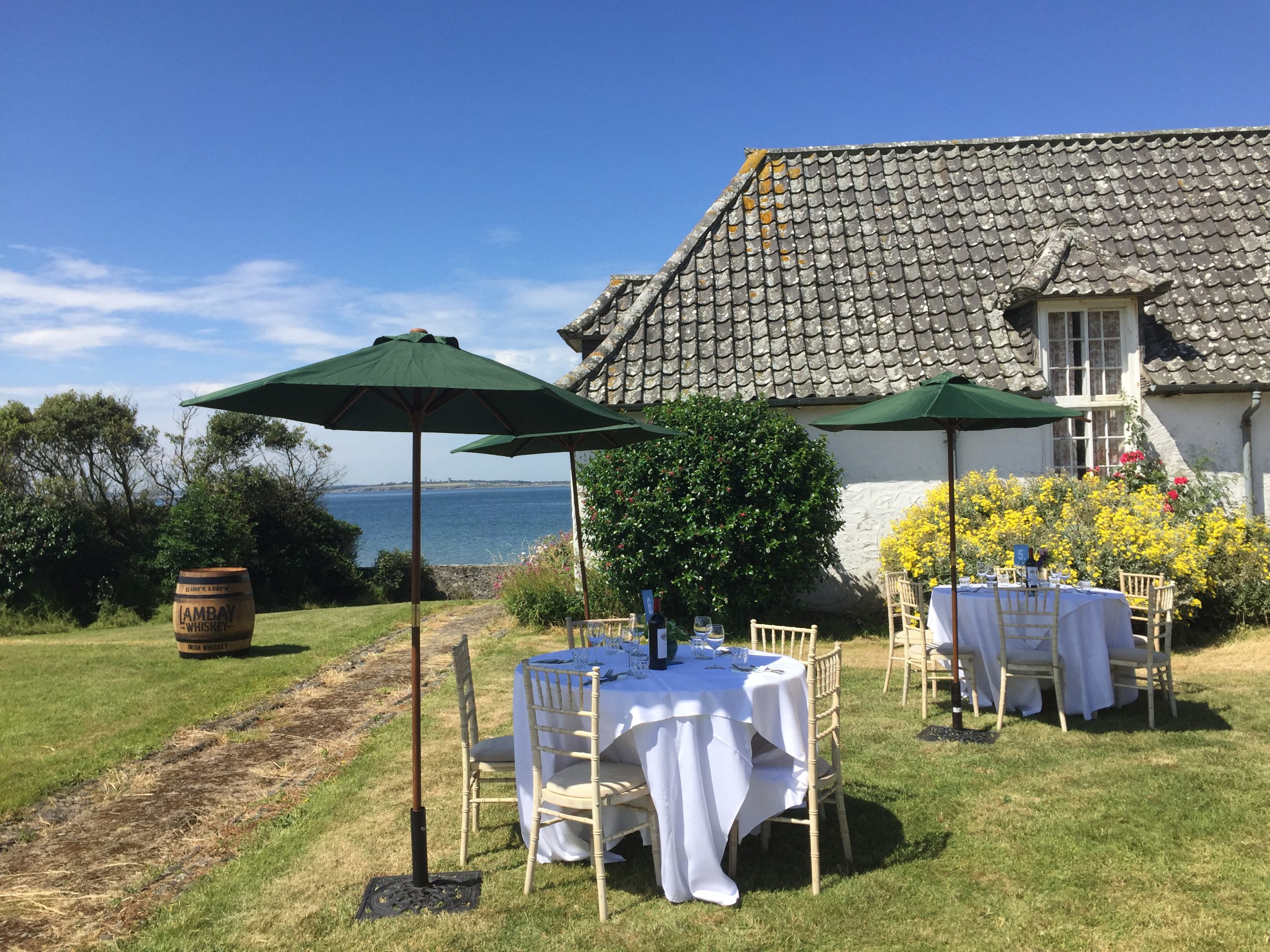
Cyril Camus concluded: “Both families have that will for independence. The notion that being a steward of something make a difference – their goal is to protect the island, ours is to protect and grow our brand and company and that’s a connection point. We feel like we’re doing something right.
“This is a unique place and a unique product of real authenticity and character. We are expanding the reach of the Irish whiskey category’s potential but in a way that preserves a place that is uniquely Irish. I’m honoured to be part of this venture.”
Fact file and tasting notes
*The new whiskies are made using Lambay Island Trinity Well water and finished in Cognac casks shipped from Maison Camus to Lambay.
*They mature in a warehouse exposed to the sea winds and spray, with the latter containing iodine, seaweed and salt, elements said to enhance the whiskey finish.
*The triple-distilled Small Batch blend is triple distilled and oak brown in colour. The aroma is floral and spicy, with notes of cracked almonds, pepper and malt in the taste. The finish is spicy and sweet.
*The single malt is said to be mahogany brown in colour, with aromas of malt, green fruit, ripe bananas and flowers, and notes on the palate of coconut, malt and dried berries. The finish is long and features a lingering sweetness and dried berries.
*Initial production run: 500 cases
*Available initially in travel retail later in 2017 and showcased at TFWA World Exhibition






